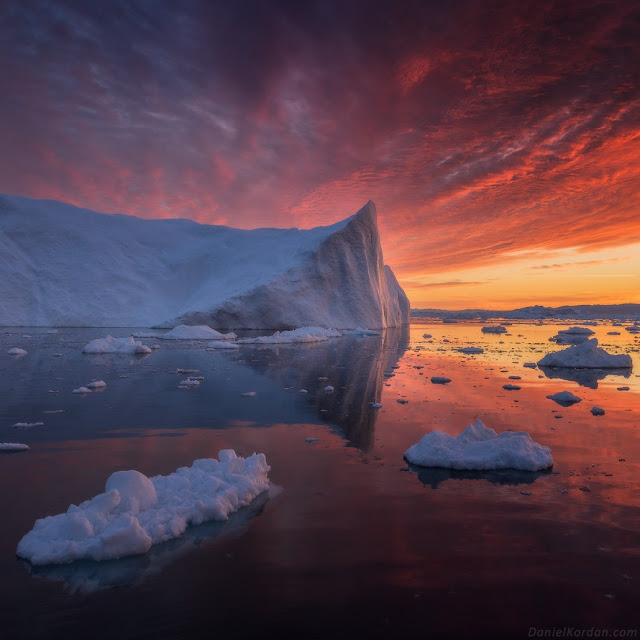The last ice age, also known as the Pleistocene Epoch, had a significant impact on the Earth's geography. The cooling that occurred during this time caused major changes in the planet's surface, including the formation of new landforms and the reshaping of existing ones. Glacial Landforms Glaciers are massive bodies of ice that slowly move across the land, carving out new features as they go. During the last ice age, glaciers covered much of the Earth's surface, leaving behind a variety of unique landforms such as: U-shaped valleys Glacial lakes Moraines Erratics Sea Level Changes During the last ice age, a significant amount of the Earth's water was locked up in ice, causing sea levels to drop. At the peak of the ice age, sea levels were as much as 130 meters lower than they are today. This had a major impact on the Earth's geography, including: Exposing new land bridges that connected previously isolated continents Creating new coastal lan...




Comments
Post a Comment